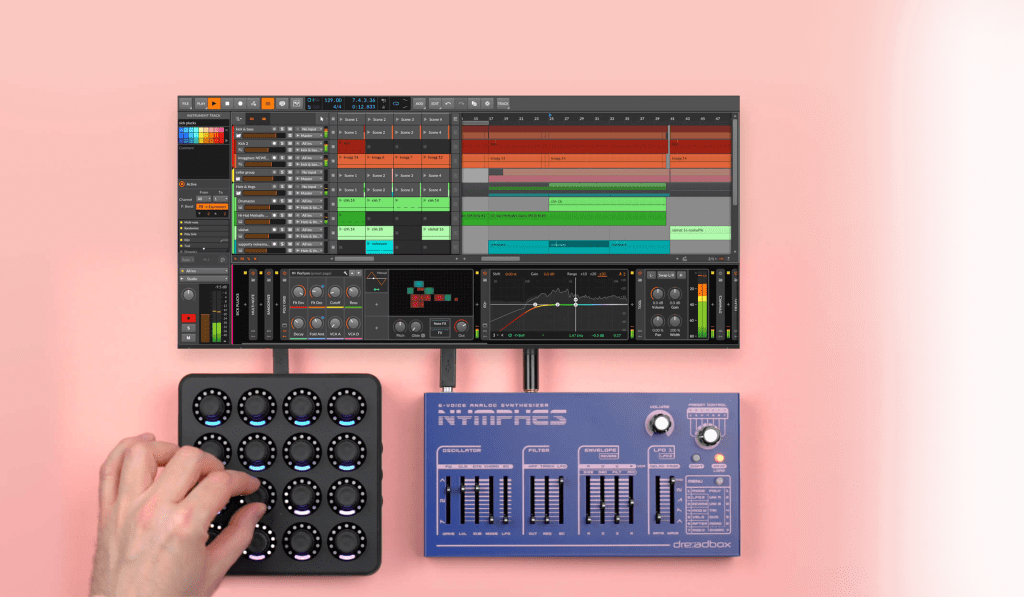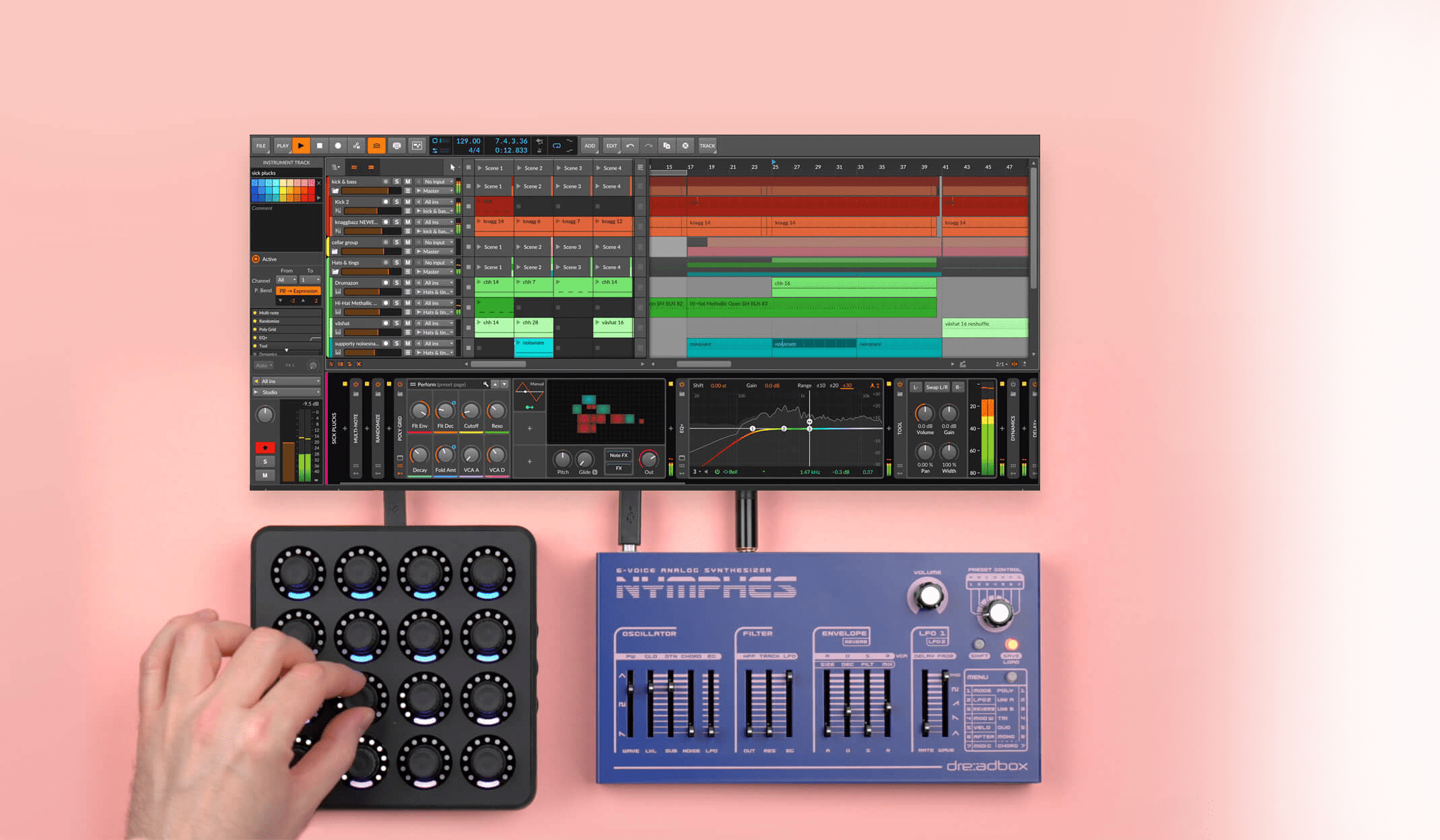From analog tape to AI-driven sound design, music plugins have reshaped production for a new era of creativity. This deep dive explores how software instruments changed the studio forever—and where the future of music production is heading.

The Plugin Revolution Is Here to Stay
Music production has undergone a radical transformation. The studio of 2025 no longer lives in expensive facilities filled with racks of gear—it fits on your laptop, in your backpack, or even your phone. At the heart of this revolution are plugins: digital tools that replicate or reinvent instruments and effects once reserved for elite professionals.
The result? Anyone, anywhere, can make music that sounds radio-ready. And today’s plugin ecosystem doesn’t just emulate analog tools—it innovates beyond them.
From Tape Machines to Code: A Shift Decades in the Making
To understand how we arrived here, rewind to the late 1980s. Digital audio was emerging. Recording studios began shifting from reel-to-reel tape to early DAWs like Pro Tools and Cubase. Still, producers clung to their analog consoles and outboard gear, which offered the warmth and character digital couldn’t yet replicate.
That changed in the 1990s, when developers like Waves started emulating classic gear through software plugins. Steinberg’s open VST format accelerated this shift, allowing third-party developers to flood the market with EQs, compressors, reverbs—and soon, entire virtual instruments. Suddenly, you could play a string section or synth pad with just a MIDI controller and a mouse.
But the real boom came in the 2000s. As internet access improved, plugin downloads replaced physical CDs. Laptops got faster. YouTube became a free production school. Music forums exploded. Bedroom producers were born.
How Plugins Democratized the Studio
By 2010, the barriers were gone. Software like FL Studio, Logic Pro, and Ableton Live gave creators drag-and-drop simplicity. Developers like Native Instruments, Spectrasonics, and UJAM (founded by guest author Peter Gorges) pushed the envelope further.
Virtual instruments no longer just mimicked reality—they augmented it. From sample-based orchestras to generative melody tools, plugins started making creative decisions. They became collaborators, not just processors.
The rise of Plugin Boutique, Splice, and subscription platforms changed how tools were bought and used. As options grew, so did confusion: Do you need ten EQs? Five reverbs? Probably not. But producers chase tools like gamers chase upgrades. Sometimes, the gear is part of the journey.
Choosing the Right Plugins: When Enough Is Enough
The plugin market today is flooded with flashy promises. But under the marketing, many tools now offer serious intelligence:
- AI-driven EQ and compression
- Auto-mixing assistants
- Plugins that generate chord progressions and melodies
- Realistic vocals powered by machine learning
Still, it’s easy to get lost. Most pros recommend using free trials wisely. Blind A/B test your options. Don’t let price or UI design sway you—let your ears decide. If a plugin isn’t improving your workflow or creativity, it’s just another distraction.
What’s Next: AI, Authenticity, and the Human Touch
AI is already reshaping plugins, and the evolution is just beginning. Expect smarter tools that understand your production style, auto-adapt to your sonic goals, and even offer real-time collaboration with virtual players.
But amid all the tech, one thing remains: authenticity matters most. Great music still comes from human intention. Plugins are tools—but they won’t write your truth. As Hunter Williams writes, the real challenge isn’t finishing a track—it’s making something that feels right.
Plugins have made music production more accessible, flexible, and powerful than ever. But success still requires patience, taste, and a willingness to show up and create. The tools are here. Now it’s your move.









Comments are closed.